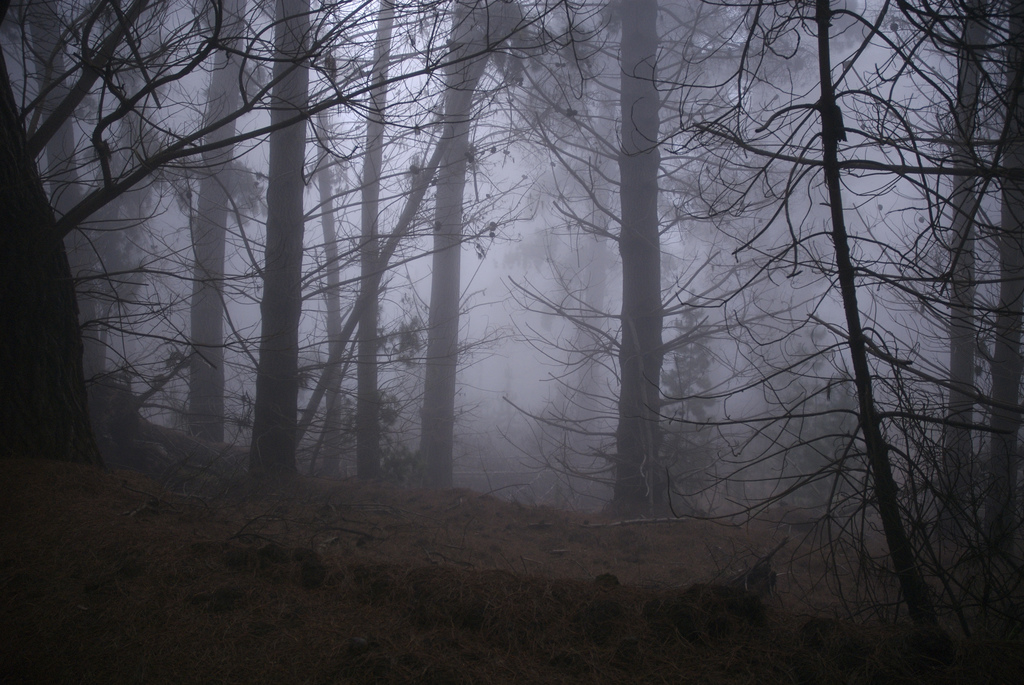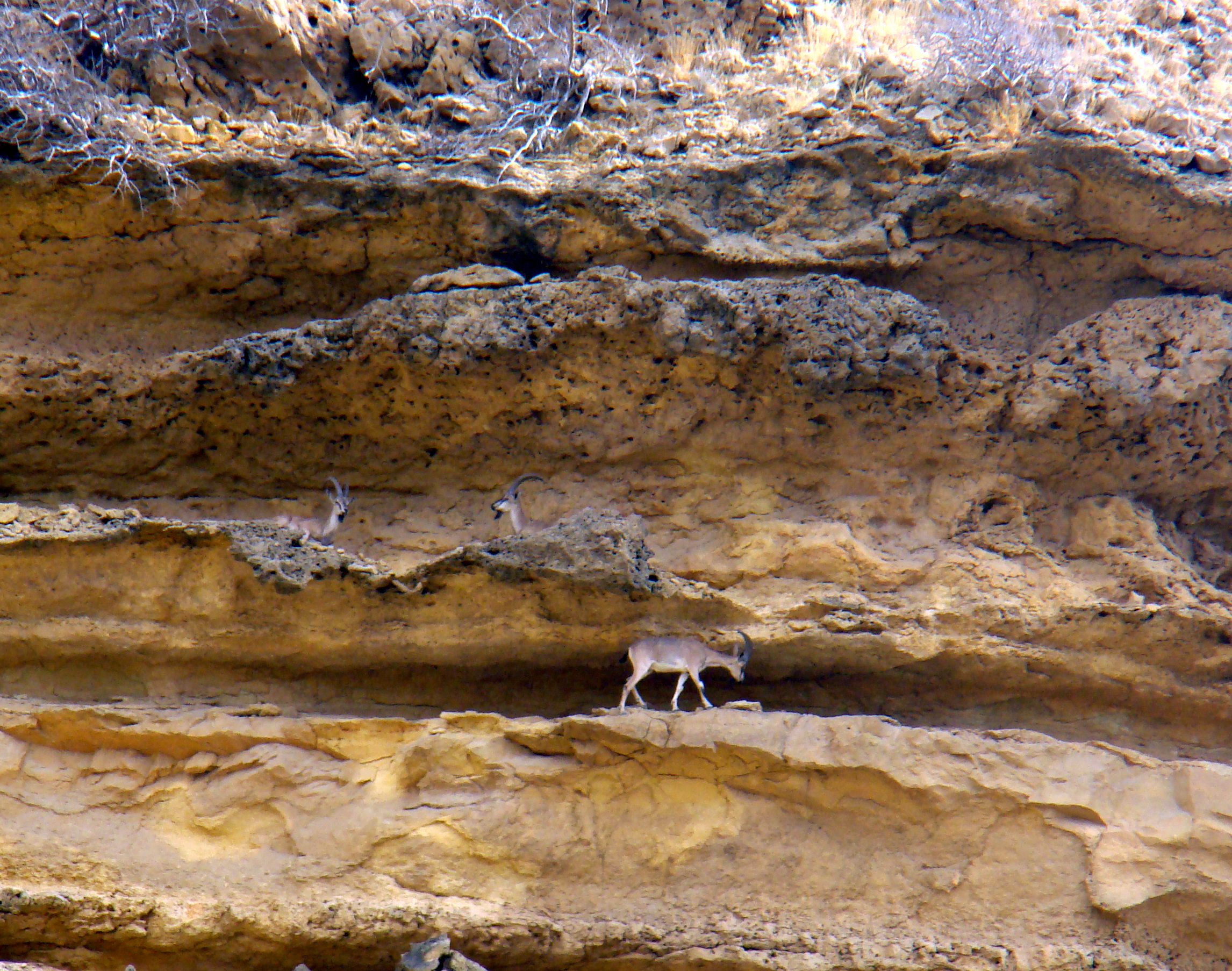|
Polipoli Spring State Recreation Area
The Polipoli Spring State Recreation Area is a state park of Hawaii in the United States. It is on the island of Maui about ten miles from Kula up the slope of Haleakalā.Polipoli Spring State Recreation Area. Hawaii State Parks. Department of Land and Natural Resources.  It covers about 10 acres of the . Located at about above sea level, it extends through the
It covers about 10 acres of the . Located at about above sea level, it extends through the [...More Info...] [...Related Items...] OR: [Wikipedia] [Google] [Baidu] |
View Of Maui From Polipoli State Park
A view is a sight or prospect or the ability to see or be seen from a particular place. View, views or Views may also refer to: Common meanings * View (Buddhism), a charged interpretation of experience which intensely shapes and affects thought, sensation, and action * Graphical projection in a technical drawing or schematic ** Multiview orthographic projection, standardizing 2D images to represent a 3D object * Opinion, a belief about subjective matters * Page view, a visit to a World Wide Web page * Panorama, a wide-angle view * Scenic viewpoint, an elevated location where people can view scenery * World view, the fundamental cognitive orientation of an individual or society encompassing the entirety of the individual or society's knowledge and point-of-view Places * View, Kentucky, an unincorporated community in Crittenden County * View, Texas, an unincorporated community in Taylor County Arts, entertainment, and media Music * ''View'' (album), the 2003 debut album by ... [...More Info...] [...Related Items...] OR: [Wikipedia] [Google] [Baidu] |
Acacia Koa
''Acacia koa'' or commonly known as koa is a species of flowering tree in the family Fabaceae. It is endemic to the Hawaiian Islands, where it is the second most common tree. The highest populations are on Hawaii, Maui and Oahu. Name The name ''koa'' in the Hawaiian language ultimately comes from Proto-Austronesian *''teRas'' meaning "core" or "ironwood"; many names referring to certain ironwood or heartwood species in Southeast Asia and Oceania such as ''Vitex parviflora'' (''tugás'' in Cebuano), ''Eusideroxylon zwageri'' (''togas'' in Tombonuwo), and ''Intsia bijuga'' (''dort'' in Palauan) descend from this root. ''Koa'' also means brave, bold, fearless, or warrior. Description Koa is a large tree, typically attaining a height of and a spread of . In deep volcanic ash, a koa tree can reach a height of , a circumference of , and a spread of . It is one of the fastest-growing Hawaiian trees, capable of reaching in five years on a good site. Leaves Initially, bipinnat ... [...More Info...] [...Related Items...] OR: [Wikipedia] [Google] [Baidu] |
Wild Goat
The wild goat (''Capra aegagrus'') is a wild goat species, inhabiting forests, shrublands and rocky areas ranging from Turkey and the Caucasus in the west to Turkmenistan, Afghanistan and Pakistan in the east. It has been listed as near threatened on the IUCN Red List and is threatened by destruction and degradation of habitat. It is one of the ancestors of the domestic goat (''C. hircus''). Taxonomy ''Capra aegagrus'' was the scientific name proposed by Johann Christian Polycarp Erxleben in 1777 for the wild goat populations of the Caucasus and Taurus Mountains. ''Capra blythi'' proposed by Allan Octavian Hume in 1874 were wild goat horns from Sindh. The following wild goat subspecies are considered valid taxa: *Bezoar ibex ''C. a. aegagrus'' *Sindh ibex ''C. a. blythi'' *Chiltan ibex ''C. a. chialtanensis'' *Turkmen wild goat ''C. a. turcmenica'' *''Capra aegagrus pictus'' The kri-kri was once thought to be a subspecies of the wild goat, but is now considered to be a feral d ... [...More Info...] [...Related Items...] OR: [Wikipedia] [Google] [Baidu] |
Wild Boar
The wild boar (''Sus scrofa''), also known as the wild swine, common wild pig, Eurasian wild pig, or simply wild pig, is a suid native to much of Eurasia and North Africa, and has been introduced to the Americas and Oceania. The species is now one of the widest-ranging mammals in the world, as well as the most widespread suiform. It has been assessed as least concern on the IUCN Red List due to its wide range, high numbers, and adaptability to a diversity of habitats. It has become an invasive species in part of its introduced range. Wild boars probably originated in Southeast Asia during the Early Pleistocene and outcompeted other suid species as they spread throughout the Old World. , up to 16 subspecies are recognized, which are divided into four regional groupings based on skull height and lacrimal bone length. The species lives in matriarchal societies consisting of interrelated females and their young (both male and female). Fully grown males are usually solitary ... [...More Info...] [...Related Items...] OR: [Wikipedia] [Google] [Baidu] |
Hiking
Hiking is a long, vigorous walk, usually on trails or footpaths in the countryside. Walking for pleasure developed in Europe during the eighteenth century.AMATO, JOSEPH A. "Mind over Foot: Romantic Walking and Rambling." In ''On Foot: A History of Walking'', 101-24. NYU Press, 2004. Accessed March 1, 2021. http://www.jstor.org/stable/j.ctt9qg056.7. Religious pilgrimages have existed much longer but they involve walking long distances for a spiritual purpose associated with specific religions. "Hiking" is the preferred term in Canada and the United States; the term "walking" is used in these regions for shorter, particularly urban walks. In the United Kingdom and the Republic of Ireland, the word "walking" describes all forms of walking, whether it is a walk in the park or backpacking in the Alps. The word hiking is also often used in the UK, along with rambling , hillwalking, and fell walking (a term mostly used for hillwalking in northern England). The term bushwalking is end ... [...More Info...] [...Related Items...] OR: [Wikipedia] [Google] [Baidu] |
Off-roading
Off-roading is the activity of driving or riding in a vehicle on unpaved surfaces such as sand, gravel, riverbeds, mud, snow, rocks, and other natural terrain. Types of off-roading range in intensity, from leisure drives with unmodified vehicles, to competitions with customised vehicles and professional drivers. Off-roaders have been met with criticism for the environmental damage caused by their vehicles. There have also been extensive debates over the role of government in regulating the sport, including a Supreme Court case brought against the Bureau of Land Management in the United States. Off-road vehicle Travelling over difficult terrain requires vehicles capable of off-road driving such as ATVs. These vehicles have features designed specifically for use in off-road conditions such as extended ground clearance, off-road tires and a strengthened drive-train. Some manufacturers offer vehicles specifically designed for off-road use. Recreational off-roading Some e ... [...More Info...] [...Related Items...] OR: [Wikipedia] [Google] [Baidu] |
Sequoia Sempervirens
''Sequoia sempervirens'' ()''Sunset Western Garden Book,'' 1995:606–607 is the sole living species of the genus '' Sequoia'' in the cypress family Cupressaceae (formerly treated in Taxodiaceae). Common names include coast redwood, coastal redwood, and California redwood. It is an evergreen, long-lived, monoecious tree living 1,200–2,200 years or more. This species includes the tallest living trees on Earth, reaching up to in height (without the roots) and up to in diameter at breast height. These trees are also among the oldest living things on Earth. Before commercial logging and clearing began by the 1850s, this massive tree occurred naturally in an estimated along much of coastal California (excluding southern California where rainfall is not sufficient) and the southwestern corner of coastal Oregon within the United States. The name sequoia sometimes refers to the subfamily Sequoioideae, which includes ''S. sempervirens'' along with ''Sequoiadendron'' (gi ... [...More Info...] [...Related Items...] OR: [Wikipedia] [Google] [Baidu] |
Cunninghamia
''Cunninghamia'' is a genus of one or two living species of evergreen coniferous trees in the cypress family Cupressaceae. They are native to China, northern Vietnam and Laos, and perhaps also Cambodia. They may reach in height. In vernacular use, it is most often known as ''Cunninghamia'', but is also sometimes called "China-fir" (though it is not a fir). The genus name ''Cunninghamia'' honours Dr. James Cunningham, a British doctor who introduced this species into cultivation in 1702 and botanist Allan Cunningham. A female cone Cluster of male cones Description The general shape of the tree is conical with tiered, horizontal branches that are often somewhat pendulous toward the tips. ''Cunninghamia'' bears softly spined, leathery, stiff, green to blue-green needle-like leaves that spiral around the stem with an upward arch; they are 2–7 cm long and 3–5 mm broad at the base, and bear two white or greenish-white stomatal bands underneath and sometimes al ... [...More Info...] [...Related Items...] OR: [Wikipedia] [Google] [Baidu] |
Cypress
Cypress is a common name for various coniferous trees or shrubs of northern temperate regions that belong to the family Cupressaceae. The word ''cypress'' is derived from Old French ''cipres'', which was imported from Latin ''cypressus'', the latinisation of the Greek κυπάρισσος (''kyparissos''). Cypress trees are a large classification of conifers, encompassing the trees and shrubs from the cypress family (Cupressaceae) and many others with the word “cypress” in their common name. Many cypress trees have needle-like, evergreen foliage and acorn-like seed cones. Species Species that are commonly known as cypresses include: Most prominently: *Cypress (multiple species within the genus '' Cupressus'') Otherwise: *African cypress (''Widdringtonia'' species), native to Southern Africa *Bald, Pond, and Montezuma cypresses (''Taxodium'' species), native to North America *Chinese swamp cypress (''Glyptostrobus pensilis''), Vietnam, critically endangered *Cordilleran ... [...More Info...] [...Related Items...] OR: [Wikipedia] [Google] [Baidu] |
Fraxinus Uhdei
''Fraxinus uhdei'', commonly known as tropical ash or Shamel ash, is a species of tree native to Mexico and Central America. It is commonly planted as a street tree in Mexico and the southwestern United States. It has also been planted and spread from cultivation in Hawaii, where it is now considered an invasive species. Like other species in the section ''Melioides'', ''Fraxinus uhdei'' is dioecious, with male and female flowers produced on separate individuals. Taxonomy The tropical ash was originally described as a variety of ''Fraxinus americana'' (white ash) by in 1883 and was separated as a different species in 1907 by Alexander von Lingelsheim. The specific epithet ''uhdei'' refers to Carl Uhde, a German plant collector who explored Mexico in the 1840s. ''Fraxinus uhdei'' is locally known as ''fresno blanco'' in Spanish; other English vernacular names include Hawaiian ash and Mexican ash. The name Shamel ash refers to Archie Shamel, who introduced the trees to Calif ... [...More Info...] [...Related Items...] OR: [Wikipedia] [Google] [Baidu] |
Eucalyptus
''Eucalyptus'' () is a genus of over seven hundred species of flowering trees, shrubs or mallees in the myrtle family, Myrtaceae. Along with several other genera in the tribe Eucalypteae, including '' Corymbia'', they are commonly known as eucalypts. Plants in the genus ''Eucalyptus'' have bark that is either smooth, fibrous, hard or stringy, leaves with oil glands, and sepals and petals that are fused to form a "cap" or operculum over the stamens. The fruit is a woody capsule commonly referred to as a "gumnut". Most species of ''Eucalyptus'' are native to Australia, and every state and territory has representative species. About three-quarters of Australian forests are eucalypt forests. Wildfire is a feature of the Australian landscape and many eucalypt species are adapted to fire, and resprout after fire or have seeds which survive fire. A few species are native to islands north of Australia and a smaller number are only found outside the continent. Eucalypts have been grow ... [...More Info...] [...Related Items...] OR: [Wikipedia] [Google] [Baidu] |
Pine
A pine is any conifer tree or shrub in the genus ''Pinus'' () of the family Pinaceae. ''Pinus'' is the sole genus in the subfamily Pinoideae. The World Flora Online created by the Royal Botanic Gardens, Kew and Missouri Botanical Garden accepts 187 species names of pines as current, together with more synonyms. The American Conifer Society (ACS) and the Royal Horticultural Society accept 121 species. Pines are commonly found in the Northern Hemisphere. ''Pine'' may also refer to the lumber derived from pine trees; it is one of the more extensively used types of lumber. The pine family is the largest conifer family and there are currently 818 named cultivars (or trinomials) recognized by the ACS. Description Pine trees are evergreen, coniferous resinous trees (or, rarely, shrubs) growing tall, with the majority of species reaching tall. The smallest are Siberian dwarf pine and Potosi pinyon, and the tallest is an tall ponderosa pine located in southern Oregon's Rogue Riv ... [...More Info...] [...Related Items...] OR: [Wikipedia] [Google] [Baidu] |








